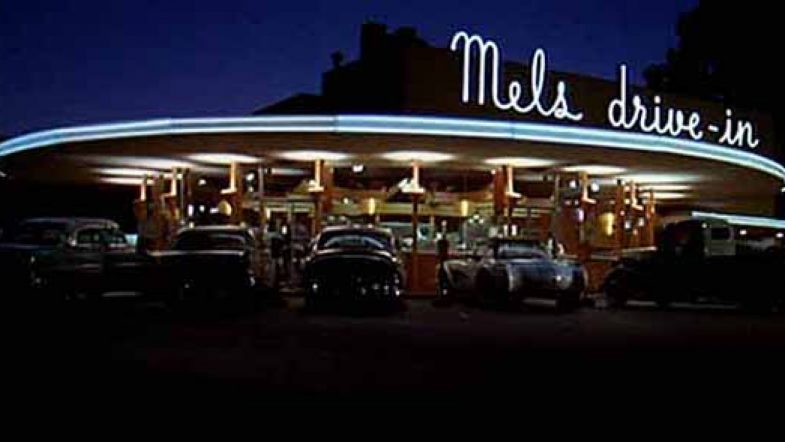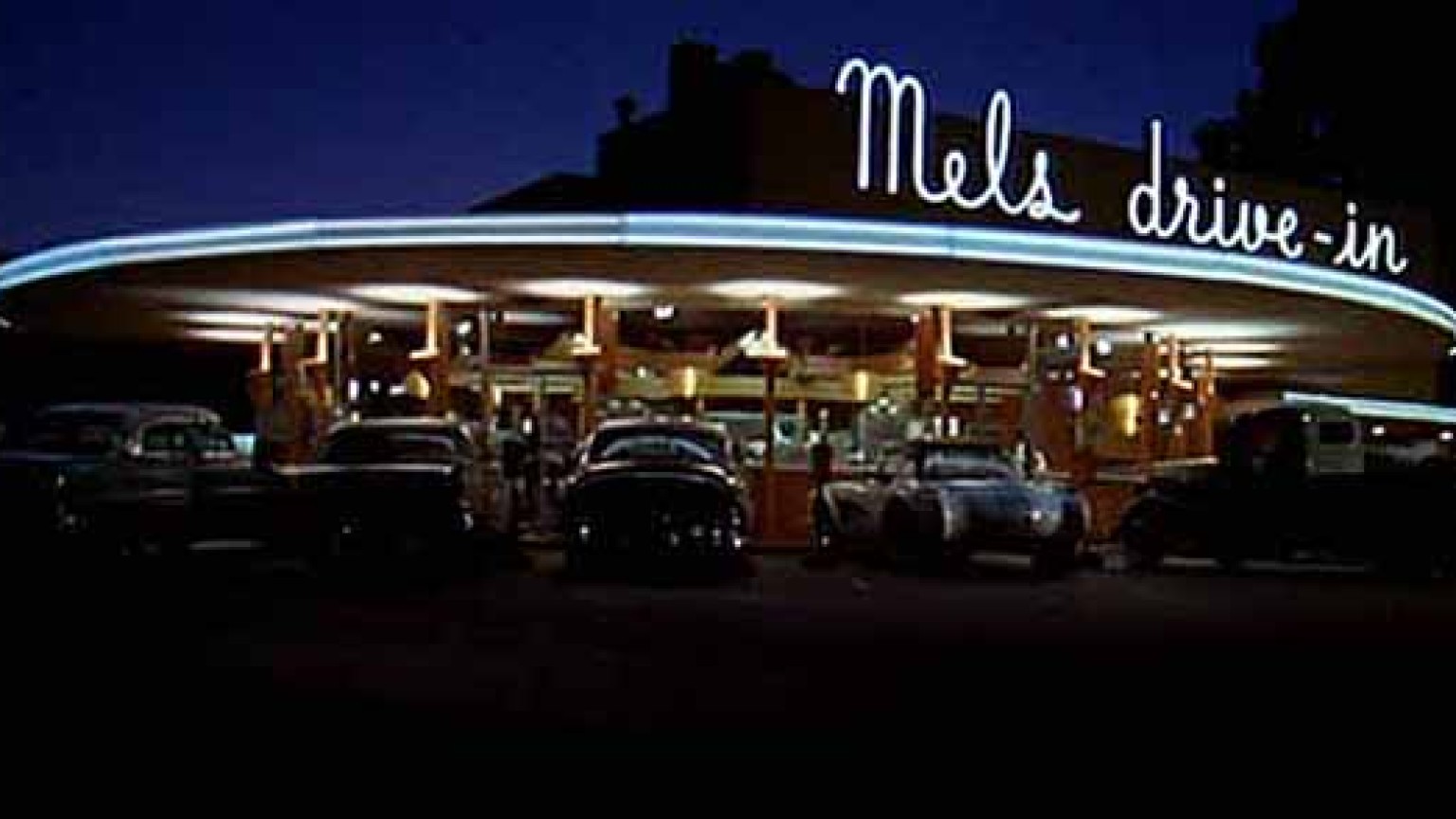
People come to me and ask a simple question, “What do you think is the future of moviegoing?” I would have to honestly say to them that while I think there exists a future for moving goers, I really cannot say in any sense of assurance of what that really looks like. I think that at the end of the day all I really know is that movie-going is very important and I think that basic human instinct and the need for the community will define it.
I think with the exit of Silver Lake and Wanda from AMC and the shakiness of Cineworld, it is more than likely that one or more large chains will fail. I believe their assets will be sold off and the best locations will be picked over by the secondary circuit. The locations that are not picked up will become part of the accelerated collapse of traditional mall economies.
We are seeing the retail rents collapse starting with the major centers. In Manhattan retail rents on average have fallen by an amazing 50%. It will not be long before that pebble in the water starts creating waves on the West Coast and the MidWest. This is not indicative that this creates an opportunity, frankly, it reflects a simple fact that retail in a physical realm is diminishing and diminishing fast. There will be little or no recovery as major brands such as Nike, Michael Kors, H&M and Hugo Boss abandon the world of mall-based retail. Other brands like Gucci have started retreating from the MidWest in favor of only having a coastal presence.
To be frank, we are going to see deep pushback against the studios when the theaters can resurface and get on the path to financial stability. There are rumblings of theater chains looking at creating their own content or partnering with content owners who are tired of diminishing returns they see coming from streaming. Theaters are beginning to ask themselves the question, why not us. There is a history of successful precedent and frankly, it makes a lot of sense.
Paramount is launching its own streaming services, Disney is looking at acquiring MGM. Sony teeters, never having much luck in launching its owner service and are floating sale interests.
These are indeed interesting times.
Steven Spielberg penned an essay espousing the sense of community derived from movie-going and the distinct experience a movie theater can offer. He spoke of the infusion of the spirit of community, even if it only lasts for two hours. “We’ve become a community, alike in heart and spirit, or at any rate alike in having shared for a couple of hours a powerful experience,” he goes on “That brief interval in a theatre doesn’t erase the many things that divide us: race or class or belief or gender or politics. But our country and our world feel less divided, less fractured after a congregation of strangers has laughed, cried, jumped out their seats together, all at the same time.”
Of course, I fully agree and for years have been espousing a very similar sentiment.
I am going to throw something out there, and my thinking is based on a comment made by Peter Bart, a former editor at Variety and second in command at Paramount during the Robert Evans days. Bart states that the business of exhibition is finding itself in the same place as it found itself in the early seventies.
As Hollywood and the Theaters entered the 1970s, its future had never been as gloomy as it was. Then National Association of Theatre Owners, then a thought lead for the business of exhibition and a true advocate, the independent theater owner entitled their yearly convention in 1969 “The Challenge and Response to the Unconventional ’70s.” NATO’s president, the dynamic Julian S. Rifkin, in his opening remarks to this convention made the statement “an all-inclusive, all-important one: the very problem of survival.” Television was gaining deeper market share, pay television started to be discussed and the audiences were drifting away from the theaters.
Hollywood in response to the challenges of the market firmly shifted to a focus on youth culture. They started hiring young directors like Coppola, Lucas, Spielberg, Ritchie, and Scorsese to make their movies. “Easy Rider” was a phenomenon and drove young adults back into the theater. Movies like “The Godfather” breathed new life into Hollywood’s offerings and by the middle of the ’70s, a new form of movie landed in the theaters, the blockbusters. “Jaws” changed things and shifted the mechanics of this business, it widened the scope, gave rise to deep changes in release patterns, and took a wider application of nationally based ad campaigns. It changed the movies and eventually evolved in the dearth of comic book movies which now dominate screens.
There is a quote from Shakespeare’s “The Tempest”, “What is past is prologue” which comes to mind when you contemplate Peter Bart’s words. The days of the blockbuster have ended and we are entering another period of deep re-invention. I feel it is a period for decentralization and a movement of reinvention. Shifting in a business-wide thought process that engages the youth of today. The youth of today have created a 250-billion-dollar economy centered around video gaming. A generation who are dispensing with glitz and focusing on compelling stories. A generation who in their own way have grown bored of CGI and are demanding the genuine, the accurate, and the truthful telling of tales.
I believe that the foundation for this is attracting the youth market to reclaim the drive-in experience as theirs. I believe if that happens we can truly rebuild this new youth-driven decentralized market.
P.S The Historic Artcraft Theatre hit it out of the park again with their annual sponsorship party….
https://www.linkedin.com/pulse/its-all-bringing-youth-back-movies-william-dever/?trackingId=trackingId390

